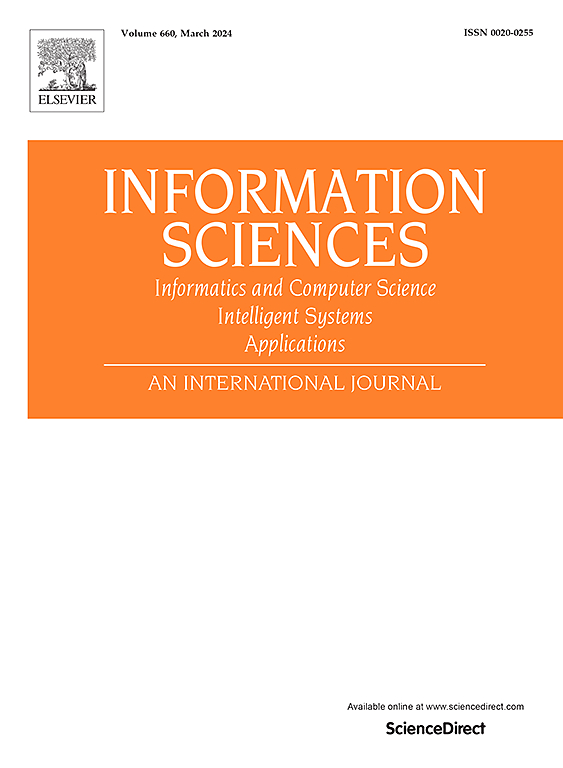JLR-GCN: Joint label-aware and relation-aware graph convolution neural network for heterogeneous graph representations
IF 8.1
1区 计算机科学
0 COMPUTER SCIENCE, INFORMATION SYSTEMS
引用次数: 0
Abstract
Node representation learning on heterogeneous graphs has garnered increasing attention. However, most existing heterogeneous graph learning models primarily focus on improving the performance of neural networks while overlooking two crucial aspects. On the one hand, they do not give sufficient importance to the value of label information in heterogeneous graph representation learning and merely use it for loss computation. On the other hand, they neglect the differences in heterogeneous structural information carried by interactions between nodes of different relation types. To address these challenges, this paper proposes a joint label-aware and relation-aware graph convolution neural network (JLR-GCN) for heterogeneous graph representations. Our model enhances the expressive power of the heterogeneous graph by leveraging label attributes and structural information. Label-aware and relation-aware are combined to explore the differences in the influence of each relation type during the heterogeneous graph representation learning process. Moreover, a stacked graph convolutional network with meta-path importance parameters is adopted for heterogeneous message passing to capture long and short meta-paths. The allocation of network layer outputs based on their importance is adjusted, enabling the effective learning of node embeddings by incorporating valuable heterogeneous relation, node attributes, and structural signals. We compared our model with state-of-the-art heterogeneous graph representation models on three different real-world datasets, and the results demonstrated that our model significantly outperformed the best baseline. The maximum performance improvement achieved was 16.14%.
求助全文
约1分钟内获得全文
求助全文
来源期刊

Information Sciences
工程技术-计算机:信息系统
CiteScore
14.00
自引率
17.30%
发文量
1322
审稿时长
10.4 months
期刊介绍:
Informatics and Computer Science Intelligent Systems Applications is an esteemed international journal that focuses on publishing original and creative research findings in the field of information sciences. We also feature a limited number of timely tutorial and surveying contributions.
Our journal aims to cater to a diverse audience, including researchers, developers, managers, strategic planners, graduate students, and anyone interested in staying up-to-date with cutting-edge research in information science, knowledge engineering, and intelligent systems. While readers are expected to share a common interest in information science, they come from varying backgrounds such as engineering, mathematics, statistics, physics, computer science, cell biology, molecular biology, management science, cognitive science, neurobiology, behavioral sciences, and biochemistry.
 求助内容:
求助内容: 应助结果提醒方式:
应助结果提醒方式:


